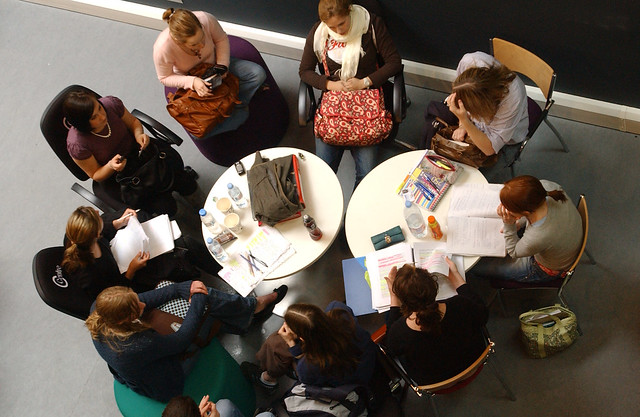Finding
Active Learning approaches are more effective than lectures, at delivering information to undergraduate science, engineering and mathematics students.
This finding may seem unsurprising, because it is a result of a review of many published studies that may already have drawn our attention, but it is compelling. (The mean achievement of Active Learning groups was 0.47 standard deviations above the mean of Lecture groups. Failure rate was roughly halved, and attrition rate was reduced.)
The authors argue that it is now unethical to use lecturing instead of Active Learning approaches (for knowledge delivery), knowing that the effect is so great.
Definitions:
The term Active Learning, in their review, means a constructivist teaching/learning approach: provide experiences that challenge students to build their own understanding and competence, and detects and corrects their understanding, rather than just providing information. Discussion in tutorials can do this.
Reservations
- One reasonable objection is that the instructors were volunteers, who might be more motivated than average lecturers. Reluctant instructors might be unable to deliver the expected benefits of an Active Learning design.
- The benefit may indicate improved alignment between learning method (lecture) and assessment method (examination).
- The only outcomes measured were performance on the unit assessment. This did not look at long term impact on learning expectations, behaviours and competence. If, for example, reflecting on lectures was actually the professional competence that graduates need, this finding would be irrelevant – but the assessment method should be changed to align better with that goal.
Reference
Scott Freeman, Sarah L. Eddy, Miles McDonough, Michelle K. Smith, Nnadozie Okoroafor, Hannah Jordt, and Mary Pat Wenderoth (2014) Active learning increases student performance in science, engineering, and mathematics. PNAS 2014 : 1319030111v1-201319030. Online at http://www.pnas.org/content/early/2014/05/08/1319030111 accessed 16/06/2014.

